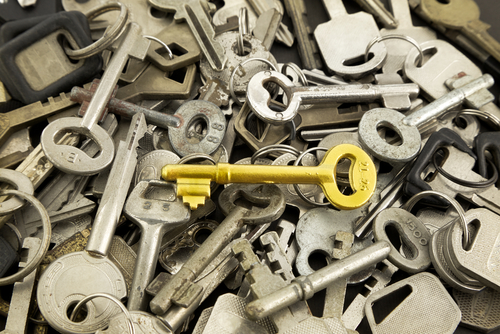Crucial Points on the use of Data for Evaluating DOOH
By Alex Mardikian
Increasingly, data is becoming more and more important for evaluating the value and accuracy of DOOH for both buyers and sellers.
Here are thoughts that you can consider when weighing the pros and cons of DOOH, when seen through the hard lens of data and facts.
At the very least, you need to have data on traffic, impressions, views, engagements, and responses to the calls to action. These must be available for different locations, display types, screen sizes, and content type. Other attributes that can help businesses about making a decision regarding the implementation of DOOH include gender, age, behavior, and sentiments. To make sense of all the data, you need to view it on a dashboard that can integrate the information and present it in a coherent manner.
Use consistent methodologies to measure and compare the different data. In an organization, different types of information may be required by different departments. Easy access to discrete pieces of data must be made possible. If you wish to compare data from past and present, it must conform to the same norms and methodologies. For example, if you use VODXS faucet-based ads in washrooms at your business premises, you will need specific information to accurately target an audience. You must be able to access such information without any fuss.
When shifting vendors, this is a vital piece of information to keep in mind. A new DOOH vendor must be able to provide you data in formats that you’re using. Migrating data from one format to another may be an additional cost.
While we know that DOOH brings immense value to advertising, we still have some way to go before we can achieve the data-based clarity that Internet advertisers have. Adoption of tools that can measure successful transaction that originate at a DOOH signage or involve DOOH will give impetus to the wider proliferation of this medium.
When evaluating DOOH technologies and vendors, ask if you will be given access to data that will help you create content for a pre-defined audience. Leverage smart data in the form of weather, events, time of day, season, traffic, etc. to flash appropriate content. Appropriateness of content is best measured in terms of results, such as sales or other actions taken. Data must let you evaluate the role of DOOH in such actions.
When evaluating vendors, ask about their commitment to programmatic buying, and the steps they are taking to implement programmatic within their system.

